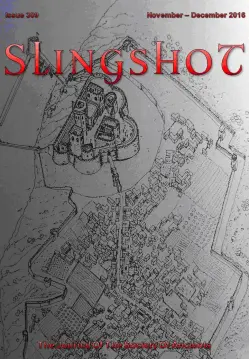Republication from Current biology

Anatolia and the Near East have long been recognized as the epicenter of the Neolithic expansion through archaeological evidence. Recent archaeogenetic studies on Neolithic European human remains have shown that the Neolithic expansion in Europe was driven westward and northward by migration from a supposed Near Eastern origin [1, 2, 3, 4, 5]. However, this expansion and the establishment of numerous culture complexes in the Aegean and Balkans did not occur until 8,500 before present (BP), over 2,000 years after the initial settlements in the Neolithic core area [6, 7, 8, 9]. We present ancient genome-wide sequence data from 6,700-year-old human remains excavated from a Neolithic context in Kumtepe, located in northwestern Anatolia near the well-known (and younger) site Troy [10]. Kumtepe is one of the settlements that emerged around 7,000 BP, after the initial expansion wave brought Neolithic practices to Europe.
More











